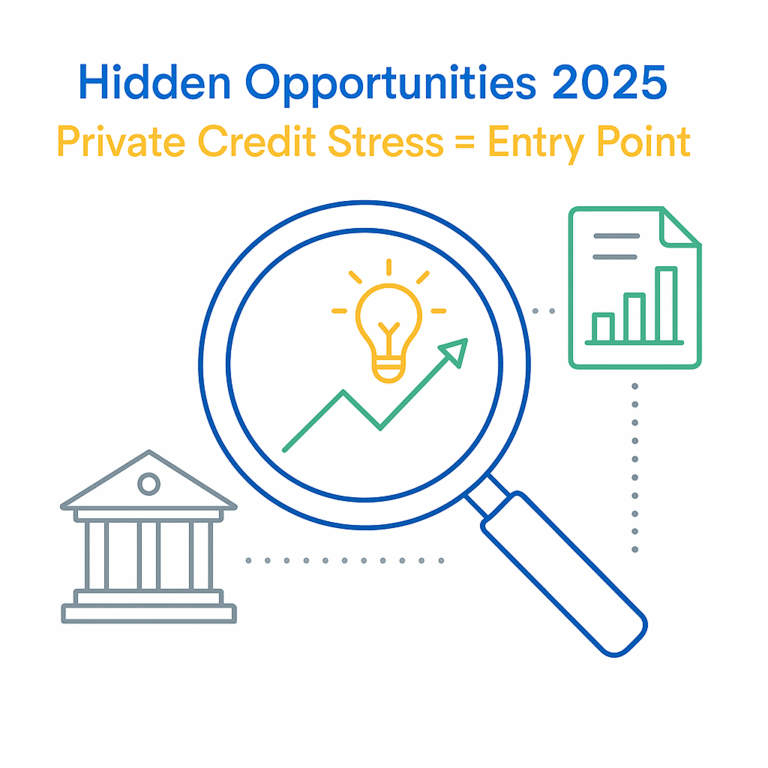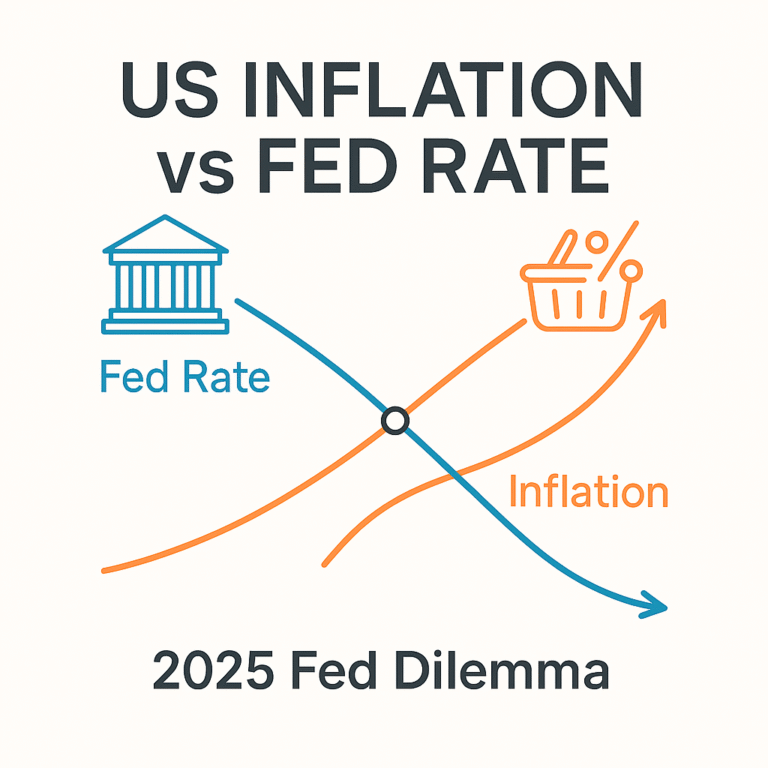Starbucks Q2 Net Income Plunges 47%: What’s the Real Cost of the ‘Back to Starbucks’ Strategy?
Starbucks reported a 47% drop in Q2 net income, totaling $558 million.
Despite 4% revenue growth, profitability plunged. We break down the strategy costs and future outlook.
Key Takeaways
Why Did Profits Collapse at the World’s Largest Coffee Chain?
In Q2 2025, Starbucks reported net income of $558 million—a steep 47% decline from a year earlier.
This was far worse than Wall Street’s expected 30% drop, signaling deeper issues. While revenue rose 4%, higher costs and internal restructuring weighed heavily on margins.
This post analyzes the strategy behind the numbers and whether the pain is temporary—or structural.
North America: Sales Dip Meets Rising Fixed Costs
North America, Starbucks’ largest market, saw same-store sales fall 2% in Q2.
Foot traffic declined 3%, and while ticket sizes rose slightly, it wasn’t enough to offset the volume loss.
Meanwhile, higher labor costs and store renovation investments caused operating margins to plunge—from 21% last year to just 13.3%.
China Market Rebounds with 2% Growth
China emerged as a rare bright spot, with comparable store sales up 2%.
Aggressive pricing, local promotions, and store expansions helped Starbucks regain ground against competitors like Luckin Coffee.
The company is also evaluating over 20 partnership proposals to expand its China footprint further.
The ‘Back to Starbucks’ Strategy: Experience Over Earnings
CEO Laxman Narasimhan kicked off the ‘Back to Starbucks’ initiative this year.
Key goals include employee re-training, customer experience upgrades, and process simplification.
A June leadership summit in Las Vegas brought together over 14,000 store managers—costing the company an estimated $0.11 in EPS.
The message: long-term transformation over short-term gain.
Green Apron Service: Aiming for Speed and Efficiency
Starbucks is rolling out a new in-store system called Green Apron Service across its North American stores.
The goal: reduce drink-making time to under 4 minutes using algorithm-driven workflows.
Faster service aims to increase customer satisfaction while easing staff workload.
Menu Simplification and Personal Touches
The company is cutting its product SKUs by 30% to streamline operations.
At the same time, it’s adding personalized experiences—like handwritten names on cups and fresher bakery items.
These moves aim to re-establish Starbucks as a premium, human-centered brand.
What’s Coming in 2026: New Products and Hope for a Turnaround
Looking ahead, Starbucks plans to launch protein-based beverages, coconut water, gluten-free options, and a new dark roast line in 2026.
These products align with health and lifestyle trends and could attract new customer segments.
Management sees 2026 as a key year to regain profitability and momentum.
Strategy Comes at a Cost—But the Pivot May Pay Off
Starbucks’ Q2 earnings slump wasn’t just market weakness—it was the result of deliberate investment in transformation.
The short-term pain from margin erosion and strategy costs may pay off in improved operations, brand loyalty, and new growth.
As the ‘Back to Starbucks’ strategy rolls out further, keep an eye on customer metrics, China momentum, and 2026 product launches.







